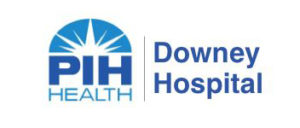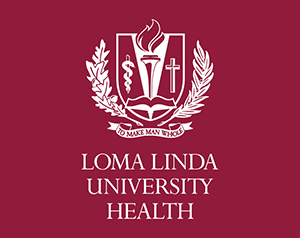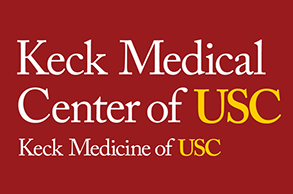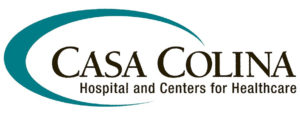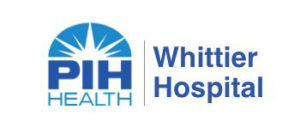Profiles In Nursing
Katherine Buckner Avery (1896-1982), Nightingale of the Bayou
This Tabasco Sauce heiress was a champion for the underserved
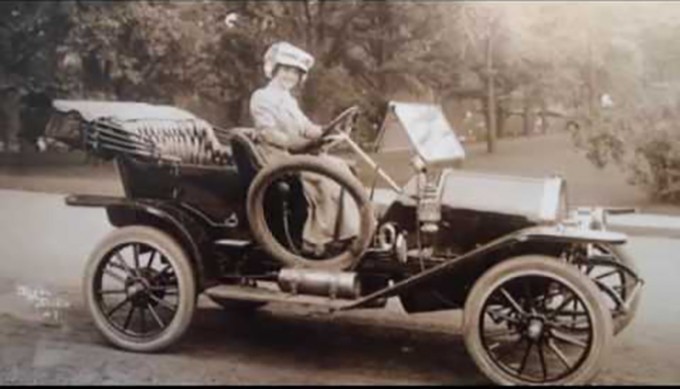
Although the region and the time period in which she worked seldom rate a mention in the big history books, Katherine Buckner Avery’s dogged commitment to public health has had a lasting impact on her community and the state of Louisiana that continues even today.
From Salt Mines to Public Health
Avery was born in New Orleans, but she spent most of her early life on nearby Avery Island in the Gulf of Mexico. The island, which was named after her family, is more commonly known as the home of TABASCO-brand pepper sauce and the salt mine that supplies the salt for the now-famous hot sauce.
Avery’s parents objected when their daughter insisted on pursuing training as a nurse in the wake of World War I. “I think my family thought it wouldn’t last,” she later wrote. Off she went anyway, to Touro Infirmary School of Nursing, from which she graduated in 1921.
By 1927, after several years in varied posts, including hospital, industrial and school nursing, Avery joined the Louisiana Public Health Service as an American Red Cross nurse, the first public health nurse appointed in Iberia Parish.
The Levies Break
1927 was the year of the Great Mississippi River Flood, one of the worst natural disasters in United States history. Caused by an almost complete collapse of levies after months of heavy rain that began in mid-1926, the flooding left more than 23,000 square miles of land submerged. Hundreds of thousands of people were displaced and hundreds died. Thousands were left homeless and unemployed.
As the waters rose, Avery, accompanied by a physician, helped load people into boxcars to get them to higher ground. Both during the flood and afterwards, she and more than 300 other American Red Cross nurses provided healthcare in tents and makeshift lean-tos at refugee camps throughout the affected region.





